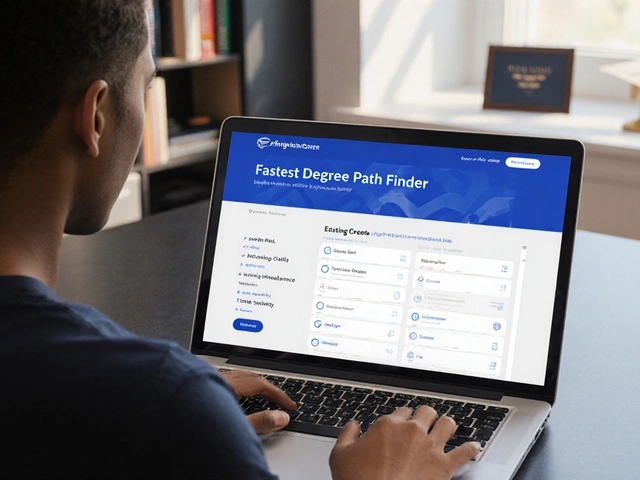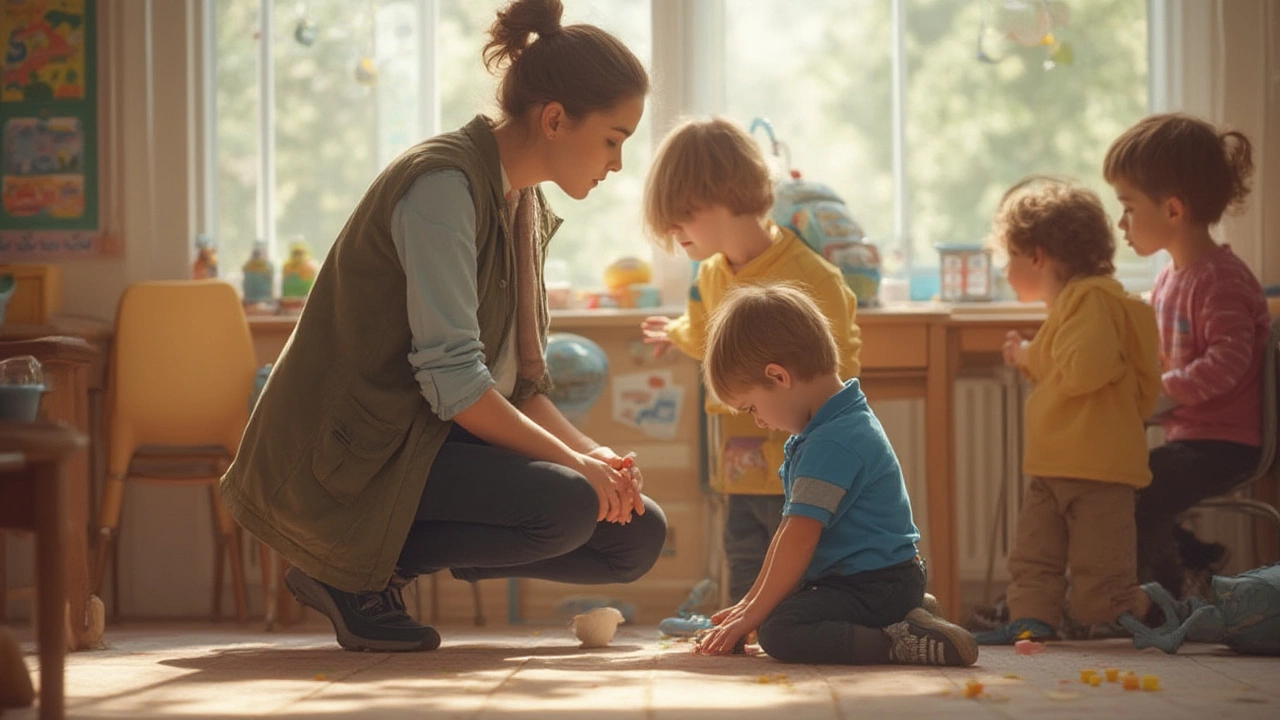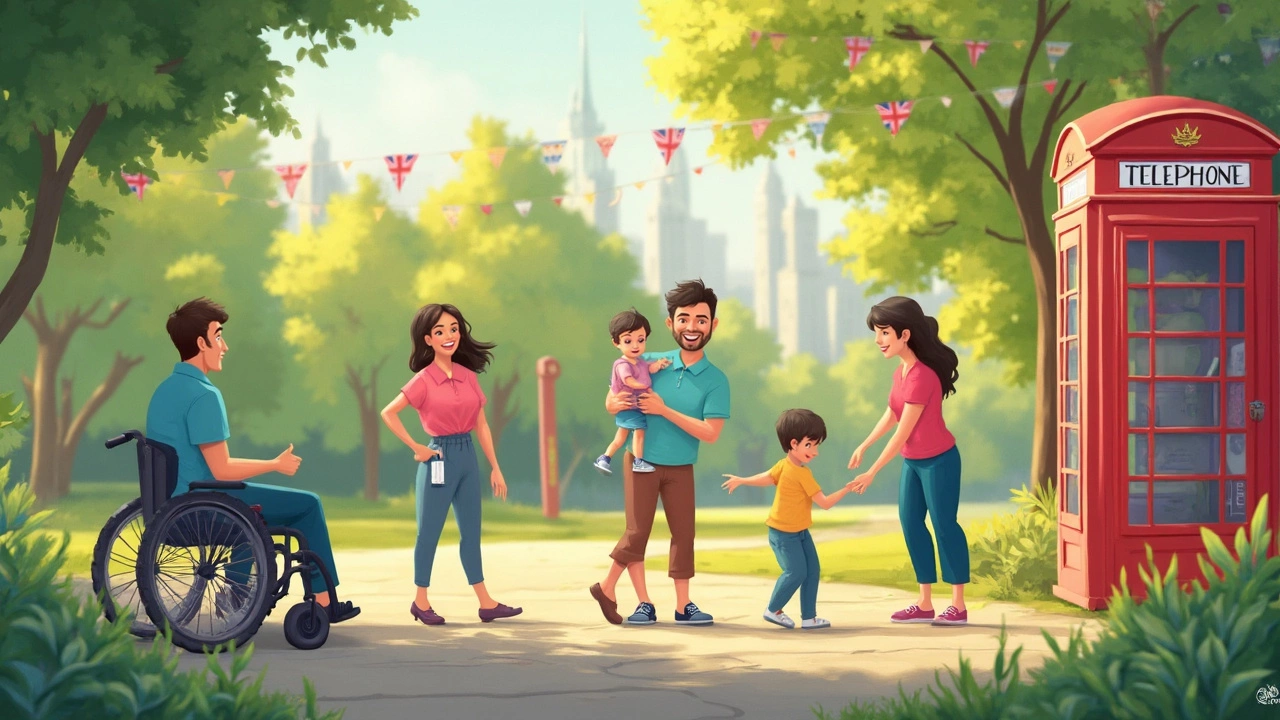Special Needs Education: Simple Strategies for Teachers, Parents, and Carers
Ever felt stuck trying to help a child who learns differently? You’re not alone. The good news is that a handful of clear, doable tricks can make a huge difference in the classroom and at home. Below you’ll find hands‑on ideas that work right away, no PhD required.
Everyday Classroom Hacks
First up, the classroom. Start with a visual schedule – a row of pictures showing the day’s activities. Kids with autism or ADHD love knowing what comes next, and the schedule reduces anxiety without a word. Hang it where everyone can see it, and point to the next picture as you move on.
Next, break tasks into bite‑size steps. Instead of saying, “Finish your worksheet,” try, “Open your workbook, find question 1, read the prompt, write your answer.” Clear steps keep the brain from feeling overwhelmed and give you a chance to praise each tiny win.
Noise can be a hidden barrier. A simple pair of noise‑cancelling headphones or a soft music playlist can help children who get distracted by chatter. Keep a small “quiet corner” with a beanbag and a few calming objects – it’s a safe spot for anyone who needs a quick reset.
Positive reinforcement works wonders. Instead of waiting for perfect behavior, catch the good moments: “I love how you raised your hand before answering.” A quick token, sticker, or extra minute of free time seals the habit and boosts confidence.
Supporting at Home
When the school day ends, the same principles apply at home. Keep a mini‑schedule for evenings – snack, homework, bedtime routine. Consistency helps children know what to expect, making transitions smoother.
Use everyday chores as learning opportunities. If a child helps set the table, label each item: “fork goes on the left, spoon on the right.” This builds language skills and independence without a formal lesson.
Don’t underestimate the power of movement. Short “brain breaks” – five minutes of jumping jacks or a quick stretch – reset focus before tackling a tough subject. Kids with sensory needs often thrive when they can move.
Finally, stay connected with teachers. A quick text or a shared notebook can keep both sides informed about what works and what needs tweaking. When everyone is on the same page, progress feels faster.
Special needs education isn’t about reinventing the wheel; it’s about adding a few useful spokes. Try a visual schedule today, sprinkle in some praise, and watch confidence grow. Small changes add up, turning frustration into achievement for both the child and the adult.

















